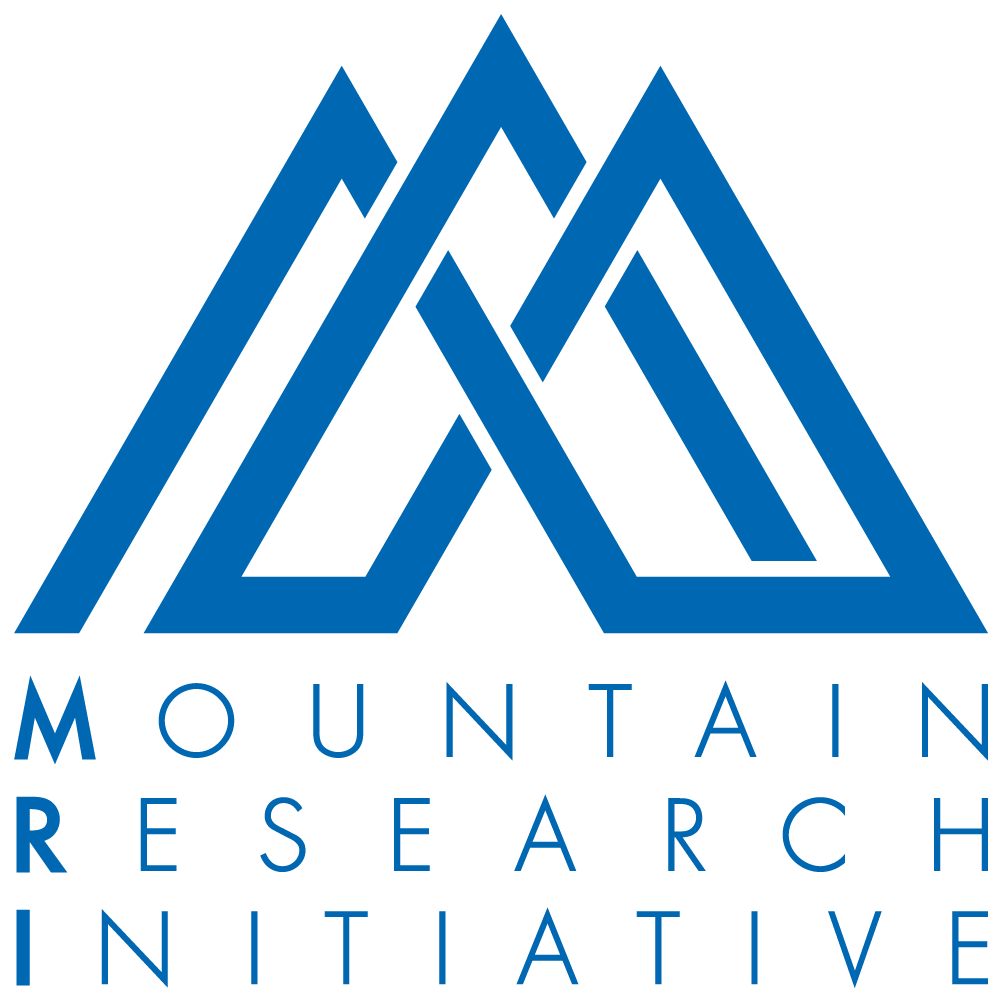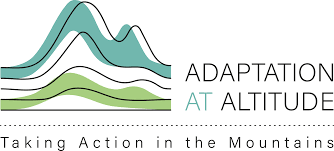On 18 June 2025, twelve members of the GEO Mountains network met online for the inaugural meeting of Task Group 3 (TG3), marking the beginning of a new activity to develop a dedicated Technical Supplement to the updated National Adaptation Plan (NAP) Technical Guidelines. This activity aims to provide guidance on how Earth Observation (EO) can support national climate change adaptation planning and implementation in mountainous regions through the UNFCCC NAP process.
As countries continue to develop, update, and submit their NAPs (strategic, country-driven processes under the UNFCCC’s Cancun Adaptation Framework) the need for robust and relevant data and the ability to use it becomes increasingly important, particularly in mountain environments. While 63 countries have already submitted their NAPs, many still overlook mountain regions. In close collaboration with GEO, the UNFCCC Secretariat, and GEO Mountains members, the GEO Mountains Technical Supplement seeks to close this gap by offering practical guidance on how EO, including satellite data, in-situ monitoring, traditional knowledge, and modelling, can support effective adaptation tracking, planning and action in these areas.
Additionally, the development of this Technical Supplement is a key contribution from GEO Mountains to the observance of the UN-declared International Year of Glaciers’ Preservation 2025 This observance places a spotlight on the urgent climate action needed in mountain regions, worldwide, including both mitigation and adaptation actions to address the impacts and risks associated with climate change in mountains and beyond.
During the meeting, facilitated by MRI Coordination Office staff James Thornton and Alex Massot, a number of components were proposed to include in the Technical Supplement. These included case studies, reproducible analytical workflows, and concrete tools that countries can tailor to their specific contexts. The discussions also emphasized the importance of addressing legal, institutional, and capacity-building dimensions alongside technical solutions.
Otto Simonett, Director of Zoï Environment Network, presented findings from a previous analysis of NAPs published under the Adaptation at Altitude (A@A) programme. The study found that while the number of NAPs is steadily increasing, mountains remain underrepresented. Conversely, countries with a greater proportion of mountainous areas are more likely to include them in their plans. Yet even these plans often omit critical sectors such as mining or mountain-specific risks. The analysis underscores the importance of tailored, mountain-focused content, and highlights the potential of EO to identify, quantify, and address these gaps.
Several participants shared ongoing efforts that could contribute to the development of the Technical Supplement. These include an AI-based NAP content analysis conducted by experts at the University of Geneva, policy reviews conducted by the Center for Global Mountain Safeguard Research (GLOMOS) and the United Nations University Institute for Environment and Human Security (UNU-EHS), and traditional knowledge-based case studies from Indonesia. GEO Mountains encouraged expressions of interest from the community to contribute as authors, or with content, case studies, or technical input for or review of specific sections. The Secretariat will coordinate and follow up with interested contributors and facilitate a process to draft the report’s framework. Those wishing to get involved are invited to contact the GEO Mountains Secretariat via geomountains.org.
The slides can be downloaded here.
Cover image by Daniel Pino.









